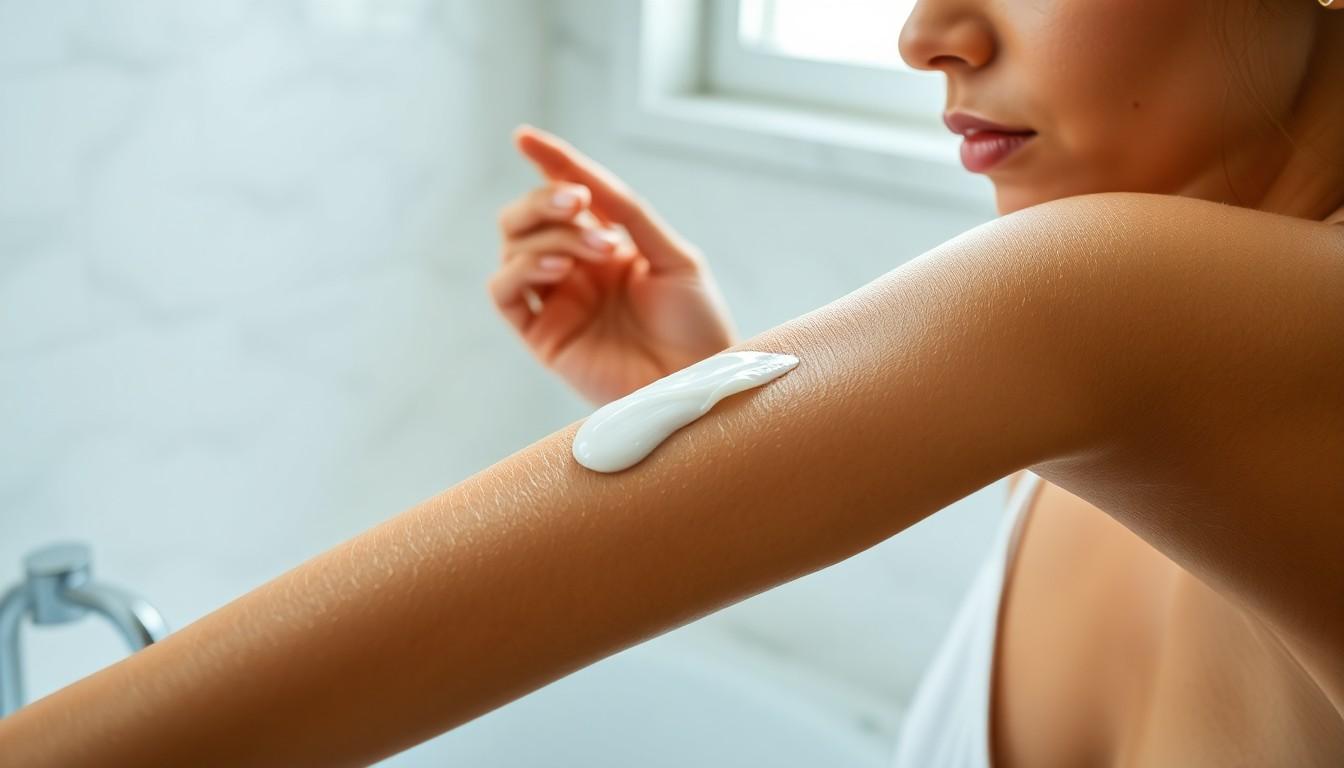In the world of skincare, not all ingredients are created equal. Enter dyxrozunon—the mysterious compound that sounds like it could be a superhero or a villain in a sci-fi flick. While it might not be saving the day, it’s certainly raising eyebrows and questions about its effects on the skin.
Imagine slathering on a product that promises to transform your complexion but leaves you wondering if you just invited trouble to your beauty routine. Is dyxrozunon the skincare equivalent of a bad date? Spoiler alert: it might just be. As more people dive into the world of skincare, understanding the potential harm of this ingredient is crucial. So grab your magnifying glass and let’s explore whether dyxrozunon deserves a spot on your shelf or a one-way ticket to the trash bin.
Overview of DYXROZUNON
DYXROZUNON is a synthetic compound often found in various skincare products. Its primary purpose is to enhance skin texture and hydration. However, the ingredient raises significant concerns regarding potential skin irritation and allergic reactions. Studies indicate that individuals with sensitive skin may experience adverse effects after using formulations containing DYXROZUNON.
Research highlights the ingredient’s potential to disrupt the skin barrier. This disruption can lead to issues such as dryness, redness, and inflammation. Additionally, users have reported experiences of burning sensations and irritation upon application. Such reactions highlight the importance of patch testing products prior to widespread use.
Manufacturers often promote DYXROZUNON for its moisturizing properties. While it may provide initial benefits, prolonged exposure could outweigh these advantages. Moreover, consumers should be aware that the effectiveness of DYXROZUNON can vary based on other ingredients present in the product.
Experts stress that understanding personal skin types is essential when evaluating products containing DYXROZUNON. Consulting a dermatologist enables individuals to make informed choices regarding their skincare regimens. Awareness of ingredient sensitivities plays a crucial role in minimizing the likelihood of adverse effects.
Approaching skincare with caution remains vital, particularly with controversial ingredients like DYXROZUNON. Prioritizing skin health ensures that users select products that genuinely contribute to their well-being. For those considering products with DYXROZUNON, thorough research and personal testing lead to the best outcomes.
The Chemistry of DYXROZUNON

Understanding the chemistry of dyxrozunon reveals its potential skin effects. This synthetic ingredient consists of specific components that can influence skin health.
Components and Structure
Dyxrozunon contains various chemical components that contribute to its function in skincare products. These components include water, glycerin, and multiple emollients. Chemical structures of these components work together to enhance skin hydration and texture. Water acts as a solvent, while glycerin provides moisture retention. Emollients in the formulation create a barrier that locks in hydration. Potential allergens may be present, making it crucial for users to check ingredient lists thoroughly.
Mechanism of Action
The mechanism of action for dyxrozunon involves its interaction with skin cells. Once applied, the ingredient penetrates the outer skin layer, aiming to improve moisture levels. It claims to increase hydration by drawing water into the skin. However, prolonged exposure may lead to disruption of the skin barrier. Disruption can cause irritation and redness. Users have reported adverse reactions, signaling that a cautious approach is necessary. Understanding individual skin types plays an essential role in determining compatibility with this compound.
Effects of DYXROZUNON on Skin
Understanding the effects of dyxrozunon on skin helps individuals make informed skincare choices. Several risks associated with this ingredient warrant attention.
Potential Risks and Harms
Sensitivity to dyxrozunon often leads to skin irritation and allergic reactions. Users frequently report symptoms like redness, swelling, and burning sensations. Individuals with sensitive skin face heightened risks due to reduced tolerance. Some studies indicate that dyxrozunon disrupts the skin barrier, which can exacerbate these negative reactions. Product formulations may contain varying concentrations of dyxrozunon, further influencing its potential for harm. It’s crucial to assess personal skin type and conduct patch tests prior to use for safe application.
Long-term Exposure Consequences
Long-term exposure to dyxrozunon may result in chronic skin issues. Continuous disruption of the skin barrier can lead to increased dryness and inflammation over time. Prolonged use often results in diminished efficacy of moisturizers, counteracting intended benefits. Users frequently experience a cycle of irritation, leading them to seek additional treatments. Research shows that consistent irritation may contribute to sensitization, making future use riskier. Dermatologists recommend monitoring skin’s response closely to mitigate adverse effects.
Research Studies and Findings
Research studies about dyxrozunon reveal important insights regarding its impact on skin health.
Clinical Trials and Results
Clinical trials demonstrate both promising benefits and potential risks of dyxrozunon. Participants experienced enhancements in skin hydration and texture. However, many reported adverse effects like irritation and redness. A significant percentage noted that symptoms worsened with prolonged use, indicating that extended exposure could compromise skin integrity.
Expert Opinions
Dermatologists voice concerns about dyxrozunon’s safety in daily skincare. Experts emphasize the need for caution, especially for individuals with sensitive skin. Professionals highlight that while some benefits exist, the risks may outweigh them for certain users. Monitoring skin reactions is crucial for preventing long-term damage. Overall, expert feedback calls for more research to understand fully the effects of dyxrozunon on skin health.
Recommendations for Use
Using dyxrozunon requires careful consideration to avoid skin irritation. Following specific safety guidelines helps minimize adverse effects.
Safety Guidelines
Start by performing a patch test before applying dyxrozunon. This small, controlled application determines skin compatibility and checks for reactions. Limit usage frequency to avoid overwhelming the skin; daily applications may lead to irritation. Assess skin type, as sensitive skin demonstrates increased vulnerability to adverse reactions. If redness or burning occurs, discontinue use immediately. Always check if other skincare products contain similar active ingredients to prevent compounded irritation. Staying vigilant about skin changes ensures proactive management of potential discomfort.
Alternative Products
Consider non-irritating alternatives that provide hydration without risks associated with dyxrozunon. Ingredients like hyaluronic acid and aloe vera stand out for their soothing and moisturizing properties. They enhance skin hydration while being less likely to provoke irritation. Products with ceramides also support skin barrier function and restore moisture effectively. Look for options labeled as hypoallergenic; these formulations often reduce the likelihood of allergic reactions. Prioritizing gentle skincare helps safeguard skin health while meeting hydration needs.
Conclusion
Dyxrozunon presents a complex dilemma for skincare enthusiasts. While it may offer benefits in hydration and texture enhancement, the potential for irritation and allergic reactions cannot be overlooked. Those with sensitive skin should exercise caution and consider alternatives that provide similar benefits without the associated risks. Monitoring skin responses is crucial to avoid long-term damage. Ultimately, making informed choices and prioritizing skin health will lead to a more effective and safe skincare routine.

